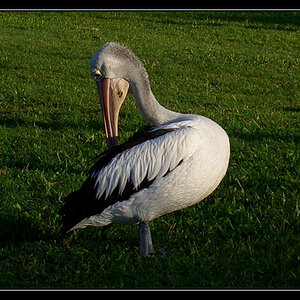Alex_811
TPF Noob!
- Joined
- Jun 2, 2014
- Messages
- 21
- Reaction score
- 0
- Can others edit my Photos
- Photos NOT OK to edit
I feel like I am asking a lot so my apologies if I'm getting annoying but like I said I'm new to photography and would like I take it more seriously. I'm not exactly see what you meant by "read" the negative, not the print. Would ou mind explains? Thanks!


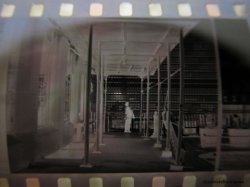
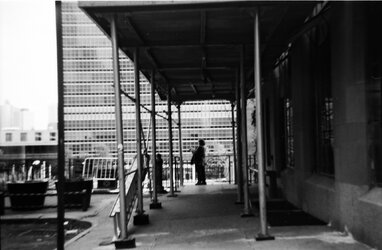
![[No title]](/data/xfmg/thumbnail/34/34074-6a0944aed6e17bffefb06aa0a3d41840.jpg?1619736266)


![[No title]](/data/xfmg/thumbnail/33/33342-79274d7e5cdf3e52939255e1cd89f2d0.jpg?1619735911)
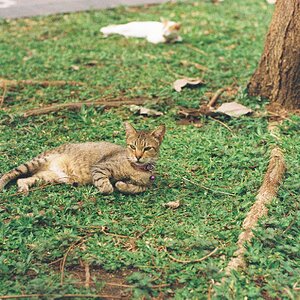
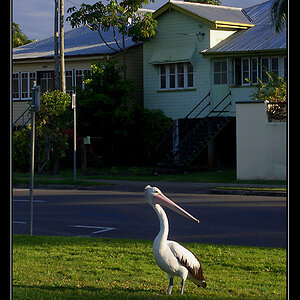

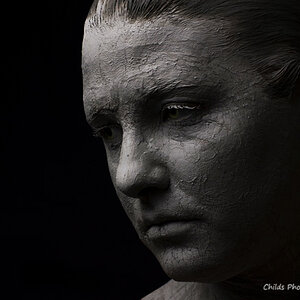
![[No title]](/data/xfmg/thumbnail/34/34075-a2fb0d7352396e58920e196958f6d006.jpg?1619736267)
![[No title]](/data/xfmg/thumbnail/33/33337-23549254ce2ac92ac5cb86ac0366633f.jpg?1619735908)

